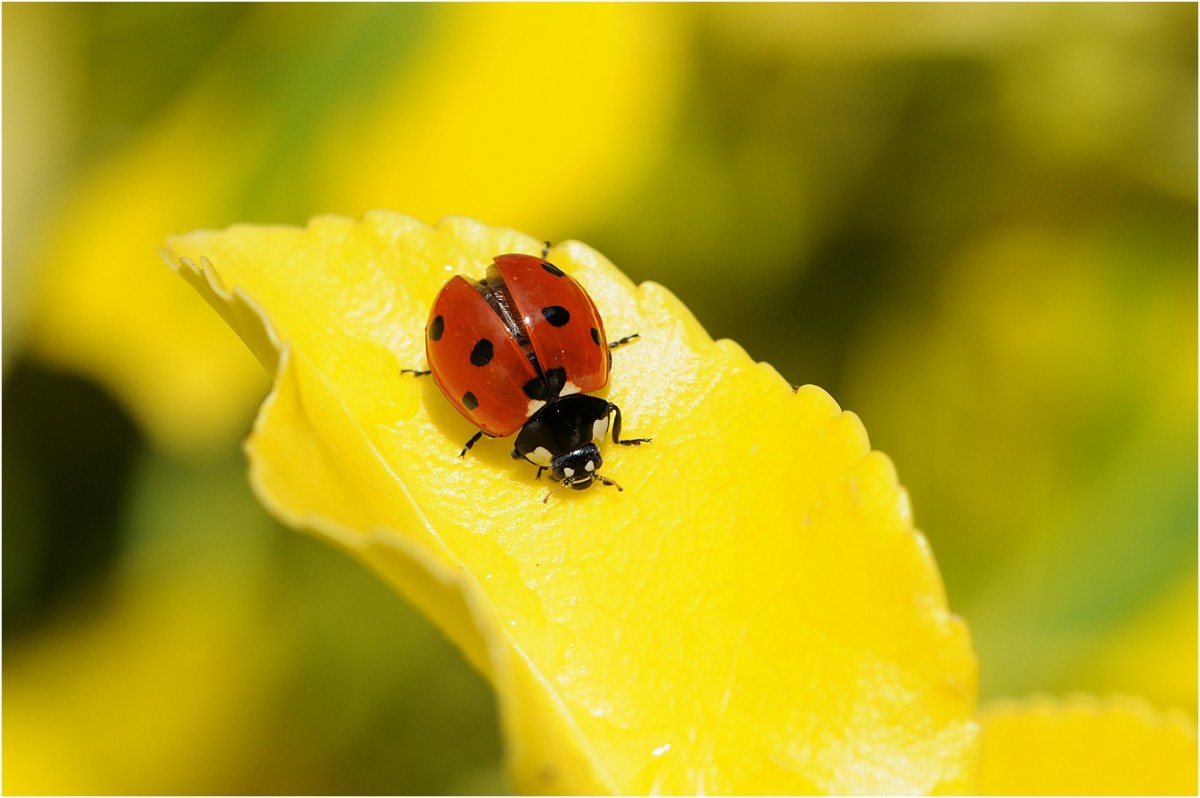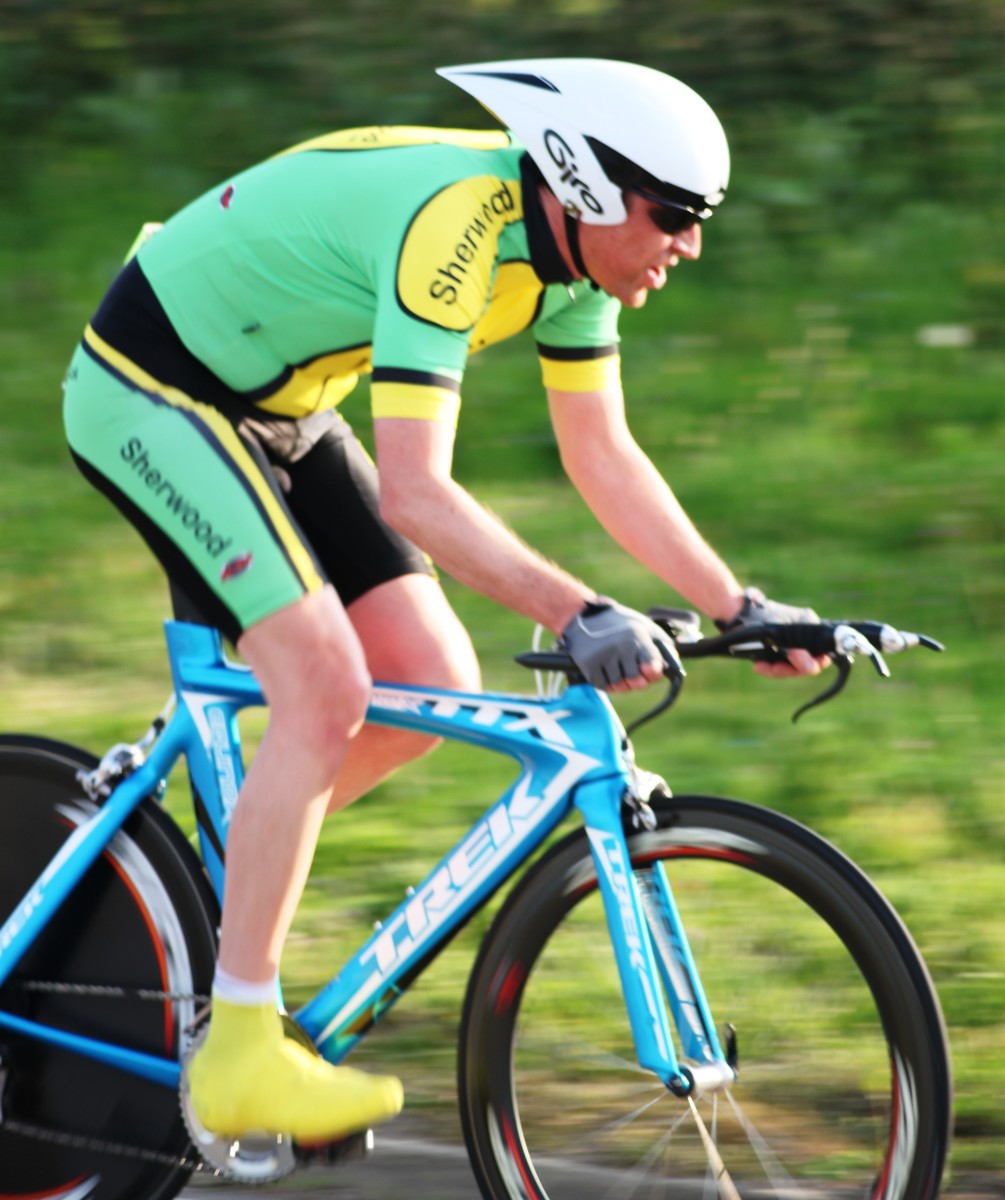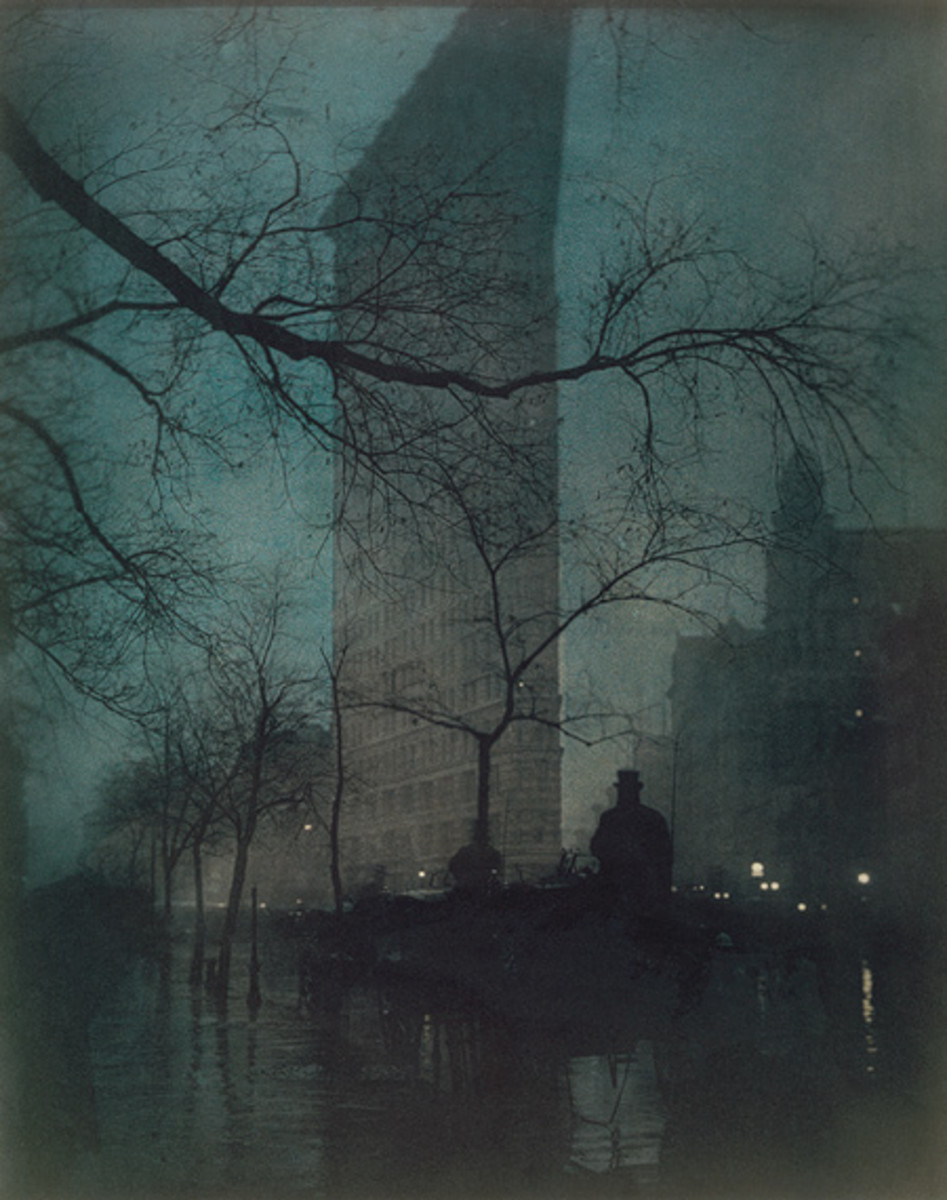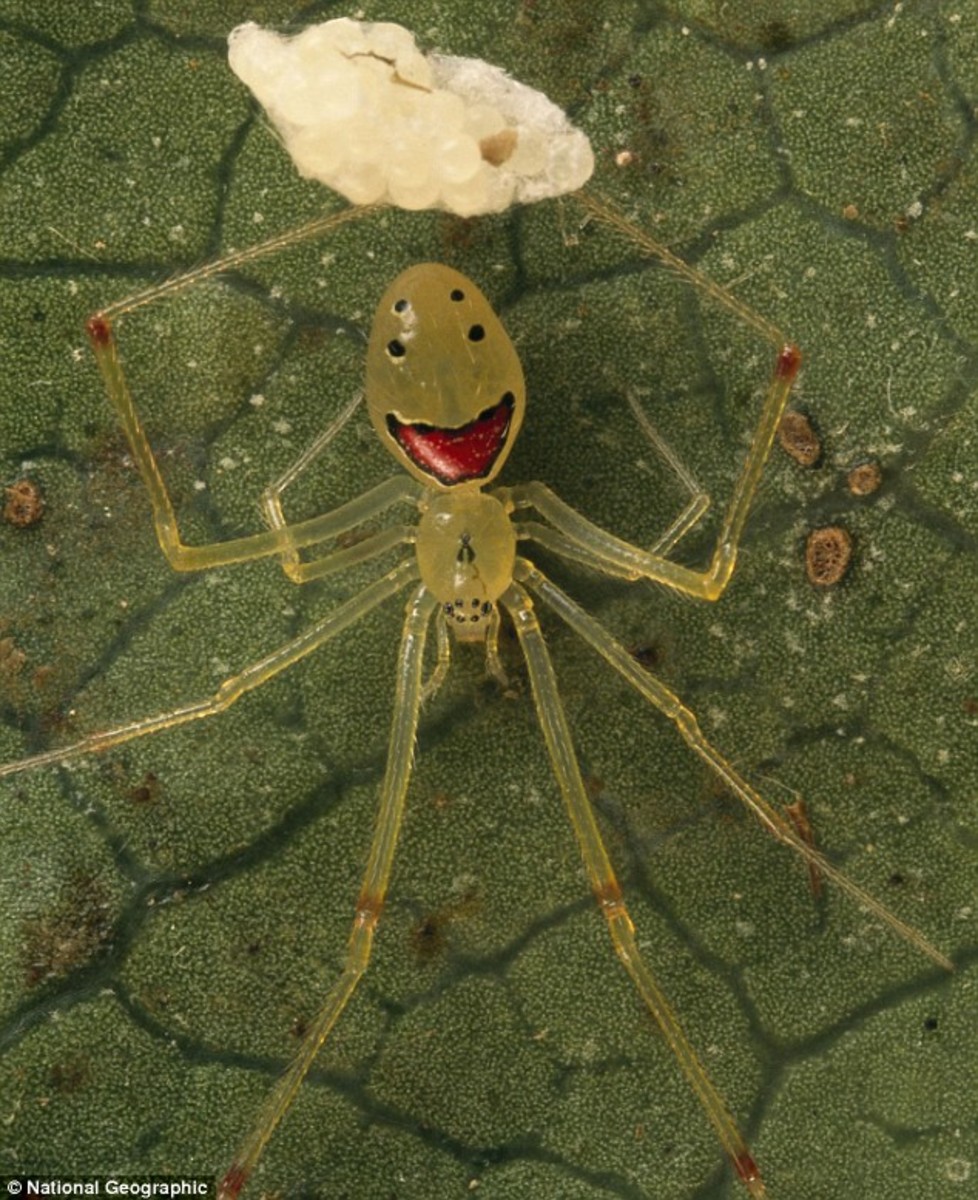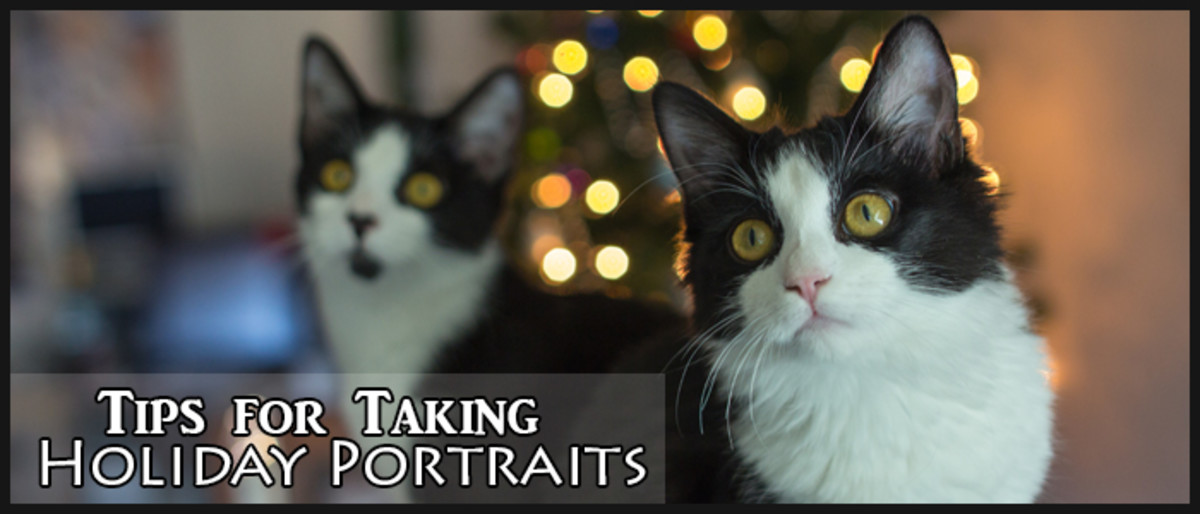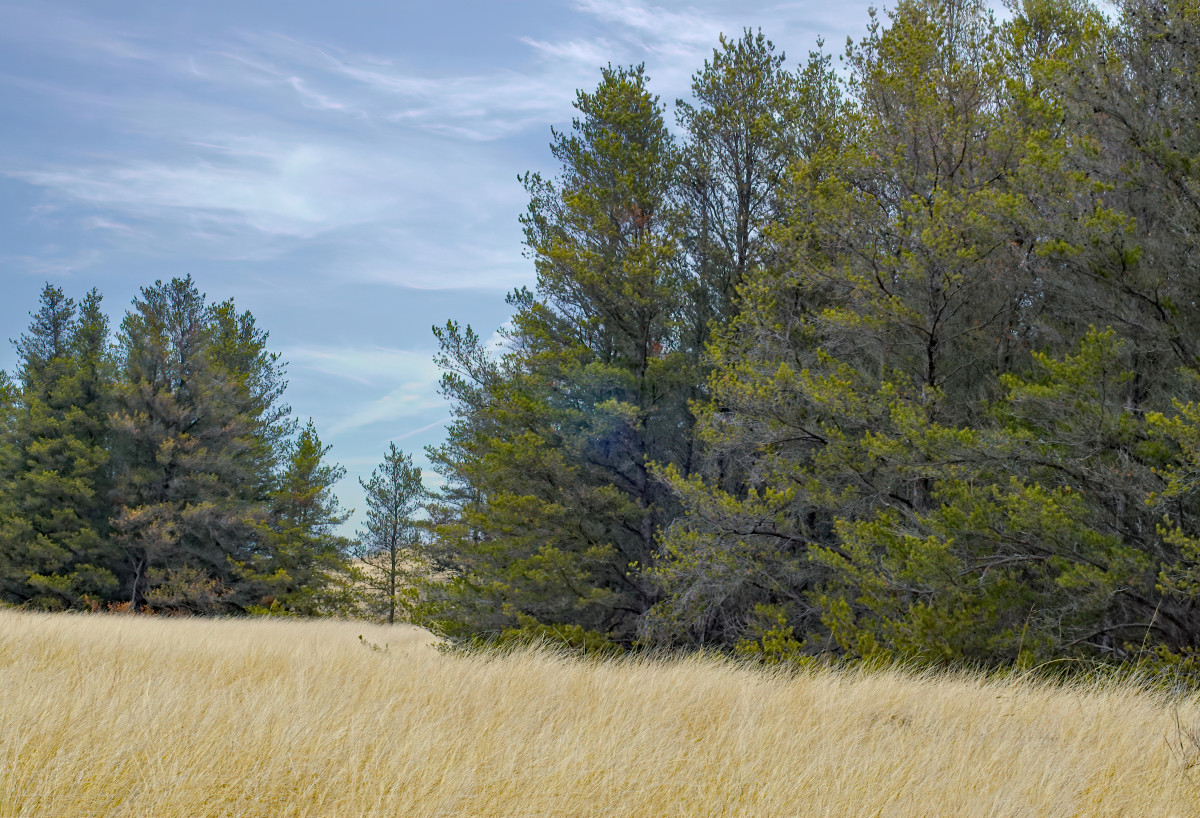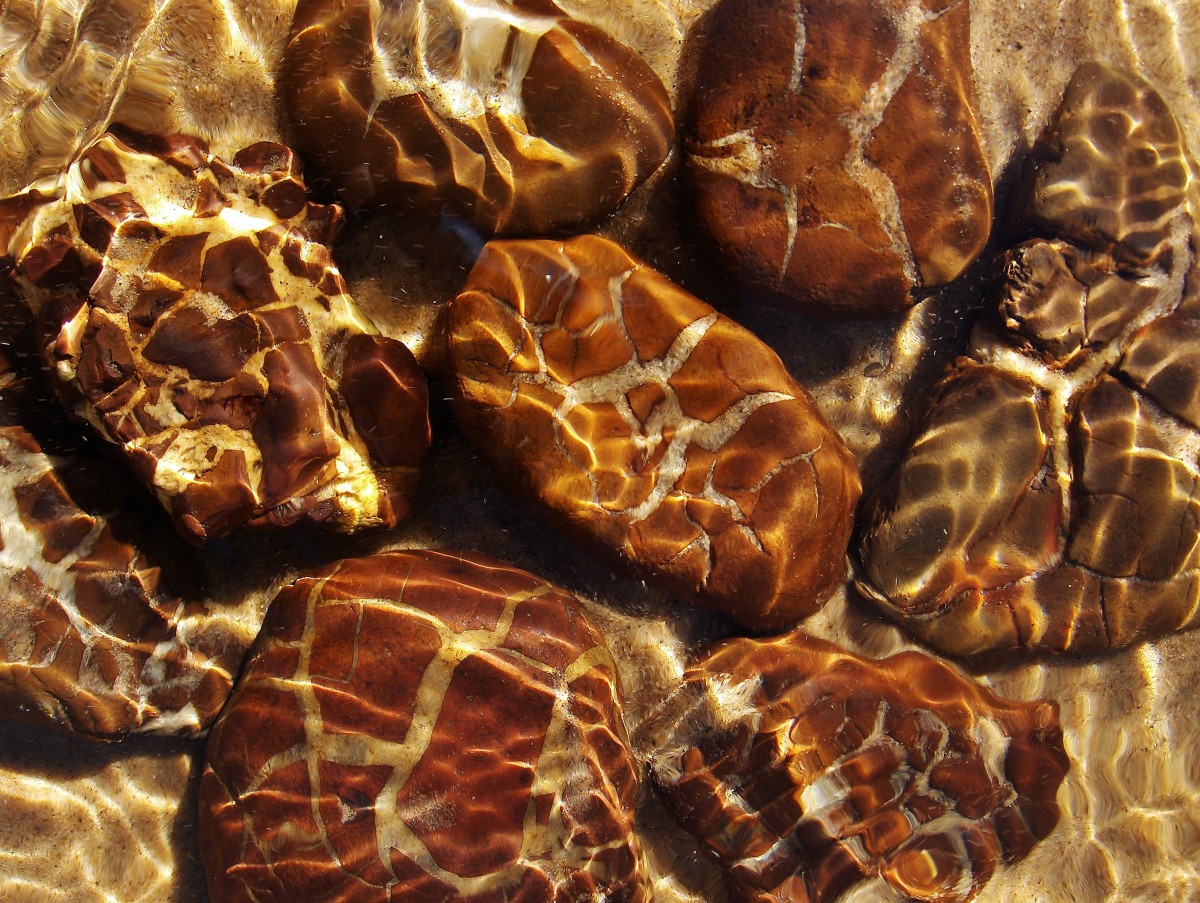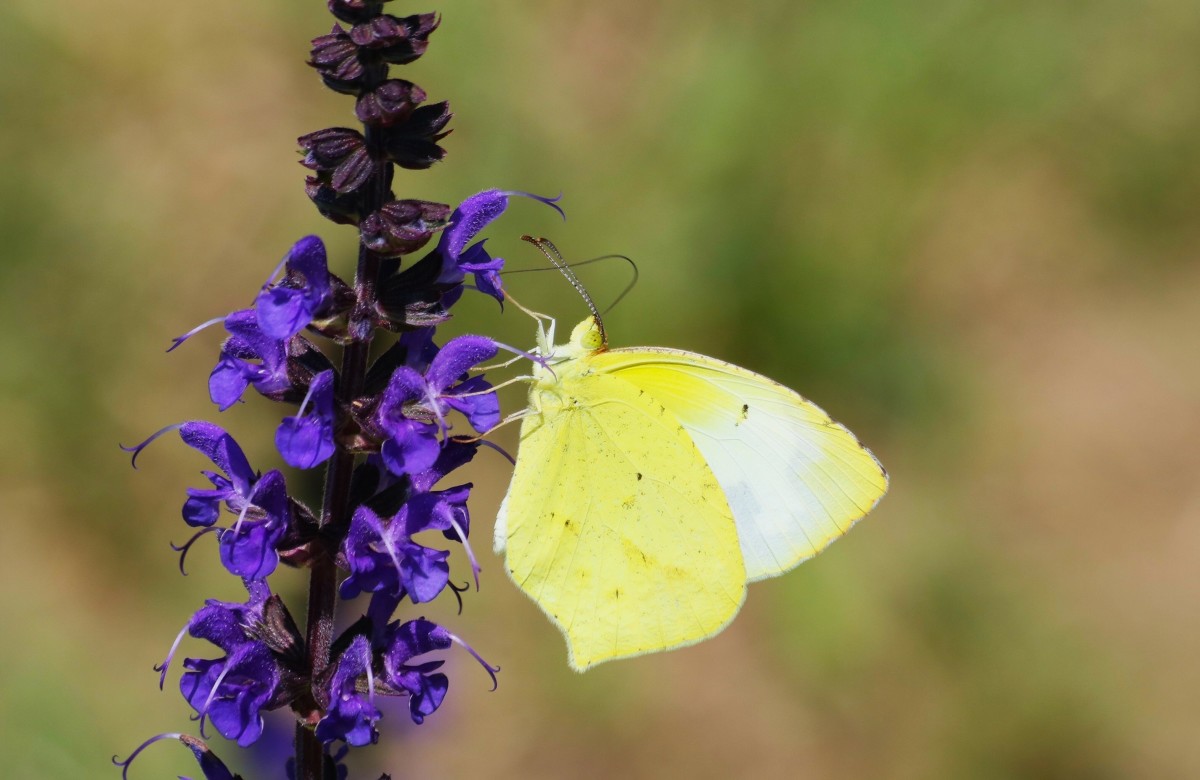Macro Photography Techniques: Great Photographs of Insects and Bugs
The art of macro photography has been rapidly picking up speed in the photography world and some of the pieces are absolutely amazing. The trick is to get as much detail as you can while still preserving the natural beauty of the subject. Flowers are a favorite subject among photographers because of their intricate details and vibrant colors. Man-made products are also a favorite especially metals because of the amazing lighting features and reflections. Photographing insects and bugs can be extremely fun because it is a lot like a window into a different world. Something that is smaller than your fingernail is now enlarged and brought into a new light highlighting each hair on the legs and the amazing design of wings.
Macro photography is mostly accomplished with a SLR camera, but can be achieved with smaller point and shoot cameras as well. I use an Olympus E-510 camera body with a Zuiko 70-300mm lens. I also tend to use my Sigma 55-200mm lens when I can get a little closer to my subject. There are several options for lenses that are specifically made for macro photography; however, the lenses that I have specified are an economical way to be able to shoot macro as well as be able to zoom in to subjects in a distance. If you want to get even closer to your subjects than the images that I will be showing, you will want to look into specific macro lenses the from Olympus Macro Lens line.
The first step is to learn your camera; learn the settings such as your aperture settings and your ISO settings. Figure out how your camera can handle different lighting situations, and then figure out how the lenses you choose will impact that lighting. I have found that the Zuiko 70-300mm lens is a little slower than smaller lenses in low light situations, so I prepare for that when I am taking photos. Most of the time you will be photographing insects and bugs outside in natural light, so you will need to be aware of the sun, and try to take photos in the best natural lighting such as in the morning, and late afternoon. Remember that insects and bugs are very small, but they still move very quickly, so make sure that you decide if you want your photos to freeze motion or show motion. If you want to freeze motion you will need a higher shutter speed, meaning you will need more light. If you want to show motion, such as wings being blurry because of fluttering, your shutter speed will be lower and will not require as much light.
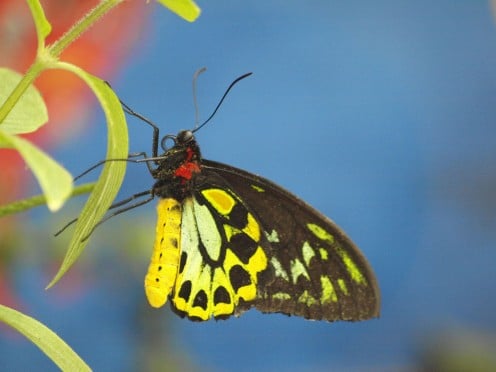
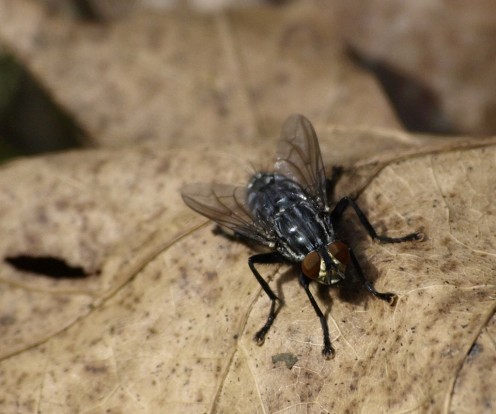
When I first started looking into macro photography, I assumed that I needed to find the most tropical, rare interesting insect to photograph, and I was stumped where to find these subjects. I finally realized that any insect or bug would be interesting if I could make sure that I succeeded with a good composition. So I started with the average housefly, which I may add was more difficult than it sounds. I started taking attempted macro shots with my Sigma 50-200. I was able to get close enough to make the fly more interesting, but not close enough to count his eyes. This was ok because I was focusing on finding my subject, figuring out my lighting, catching my subject while delivering a clear, detailed photograph.
The next step in learning to take photographs close-up is to broaden your subjects and challenge yourself. It is best to choose a subject that interests you so that you are focused on the prize, and do not get easily frustrated. This is a learning experience, but you should also make sure that you have fun with the task.
When I decided my next subjects were going to be butterflies it was January in Vermont. If you are not familiar with a Vermont winter, it means that the temperatures were below zero, the skies lacked sunlight and it was just downright cold and miserable. I was looking online and found a great butterfly conservatory about an hour away in Massachusetts (Magic Wings Butterfly Conservatory) that boasted a beautiful 80 degree tropical environment with birds, coy fish, lizards, waterfalls over 100 species of butterflies. Within the hour I had my camera equipment packed and the car started and warmed up ready to be on my way.
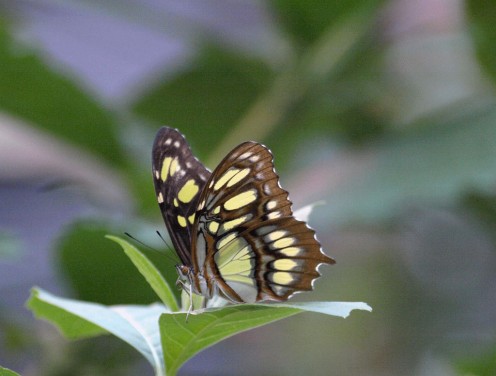
There were some challenges that I needed to work through when I got there because I had not read the rules of the conservatory. It was a lesson learned, so I will relay this to you; always check the website or call the place of interest to see what their rules are when it comes to taking photographs, using a flash and using a tripod. I had assumed from previous events that flashes were not allowed and that tripods were ok as long as you were considerate of other visitors. To my dismay, tripods were forbidden and flashes were not a problem. As a result I ended up taking some photographs at 1600 ISO and others using a macro ring flash. Another lesson to remember, always try to bring all necessary equipment; I had packed my macro ring flash as a very last minute decision, and if I had not brought it with me, I would have been able to get as many shots.
Shooting at a higher ISO is an option if you don’t want to use a flash while photographing your subject. The Olympus E-510 has a max ISO of 1600, although other camera models can go much higher. Be aware, even though you can achieve a faster shutter speed with a higher ISO in dim lighting, you run the risk of having photos that are grainier. This is normal even with high ISO film, and you need to decide if you would rather have a little grainy with natural light, or clearer with a flash.
If you choose to shoot with a macro ring flash, you must be sensitive to the fact that it is not built like a regular flash. It sets off a less obtrusive flash because it is designed to work with subjects being very close to the lens. The muted flash allows extra lighting without throwing off the natural colors too much and most importantly without blowing out the colors leaving the subject lacking contrast and detail. The only problem with this flash is due to the muted light, and the fact that it works much better with lower ISO’s such as 400 max, you will not get a lot of pick up on the shutter speed. Without a tripod, although it can be done freehanded, it can be very difficult to get a crisp clear image on the first try. It is ok to take multiple photographs to ensure that you were able to get the best photo possible. Take your time when you can, and enjoy your surrounding, be observant and “research” your subject. Enjoy that tropical weather in the middle of a brutal northern winter when you can, and achieve some great photographs in the process.
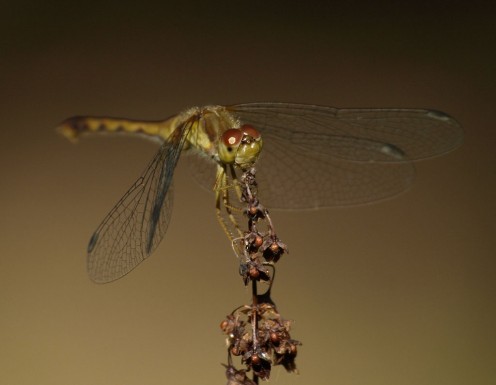
Using a tripod is really the best way to go, as you can ensure a great quality photo with excellent detail. Unlike years ago, you can find a great lightweight tripod that is easy to assemble at a moments notice, light enough to carry with your camera attached, and still durable to be able to handle terrain and weather. You can find these tripods at really reasonable prices online and even at your local camera shops. There is also the option of using a monopod, which is another great tool if you know that you will be mostly moving your camera around and just need the stability for a quick photograph. Tripods make it possible to be able to get amazing detail on wings, as well as a great quality photo without using a flash or high ISO.
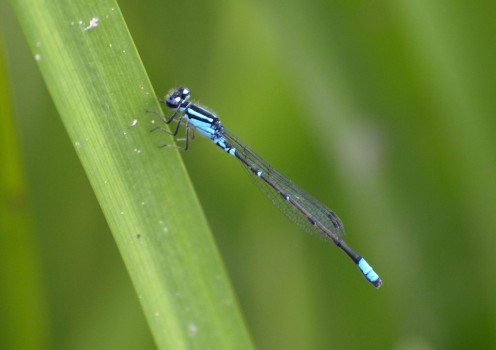
There are also tripods that are made very small, and are movable by just molding the small arms into place. This option of tripod is great if you know you want to get right down to the ground or the bottom of something such as on a table. Just as you can change your perspective when taking photos of flowers you can also do this when taking pictures of bugs and insects. There is a plethora of subjects if you just sit in the grass and observer for a little while. It’s amazing the nature that you can see when you are not looking for it, and it’s amazing what this nature looks like magnified.
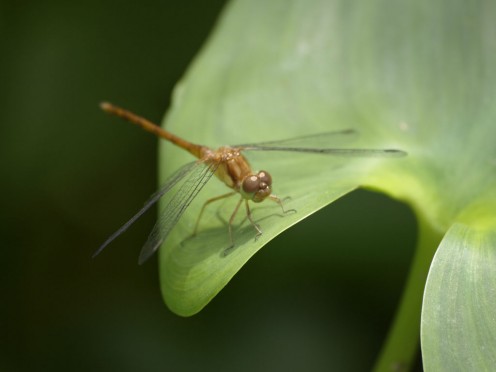
When you are comfortable with your camera and the lenses that you chose, you can start looking everywhere for insects and bugs. There is always an abundance of dragonflies, bees and butterflies near water, so try to find a stream or even a swampy area off from a lake. It is absolutely amazing how many different kinds of dragonflies you can see in just an hour of observing.
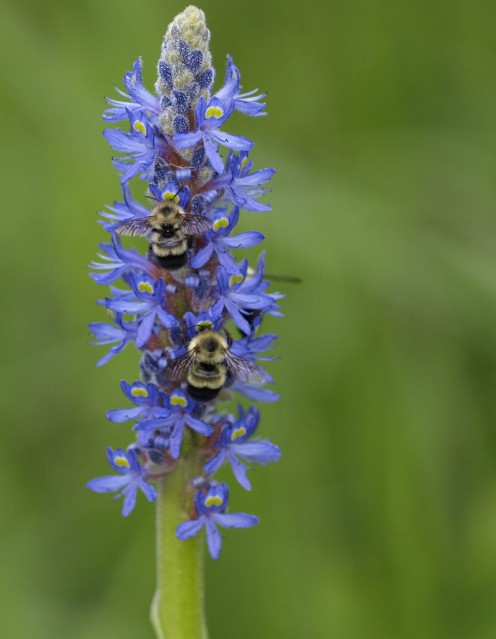
Remember to take a walk through your own yard, and keep in mind there is more than one way to take photographs, so have fun and experiment with your art. Taking photographs of insects and bugs doesn’t necessarily mean that it has to be a macro photograph. Step back and remember that the environment of you insect is important in your image as well. It can tell a story for your subject, and make you photograph go from just “pretty” to “interesting”. Techniques such as utilizing depth of field to blur out the background can make the subject of your photograph stand out more. You don’t have to center your subject all the time; digital photography has given us the ability to play and not have to pay.
Insects and bugs don’t have to have wings; caterpillars and even garden “pests” are a great subject as well. Sometimes the pesky things we try so hard to get rid of are the most interesting when we take a step closer and take another look. It is amazing to see how these little creatures camouflage themselves, hang upside down and how they survive in general.

Photographing insects and bugs can be a lot of fun, and great training for a photographer as well. These subjects are always on alert, quick to respond and quick to dodge any sort of perceived danger. You must be quick, but most importantly you must be prepared. Make sure that you have all relevant equipment with you when you leave on a photo excursion, and be prepared when you show up to an establishment. Check websites or call ahead to find out what you can and cannot do while taking photographs, and most importantly have fun.
Check out some other great photo tips here:
How To Pull Out Specific Colors Using Adobe Photoshop
This is a great how-to article that show you how to selectively pull our specific colors from a photo while keeping the rest of the photograph black and white. It is a quick and easy yet effective trick that is an essential for all photographer.
How To Photography Subjects in Museums
Museums are a great place to get amazing shots, as well as perfect your ability to work in very low light settings. It is one of the best places to get as close to history possible, and your subjects never complain about how long it takes you to get that shot.
How to Photograph Historic Reenactments and Events
Another great article that highlights a fun way to get up close and personal with history. This article gives helpful tips on how to minimize backgrounds that don't match the era, highlight the characters and really get results that best portray the event.



